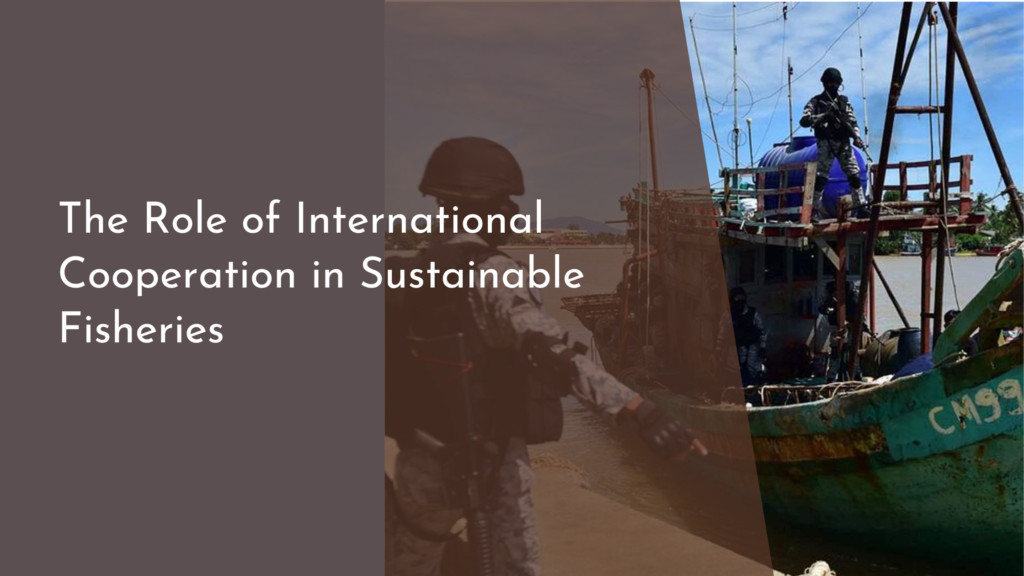The ethical challenges of wildlife gene editing
As we step into an era marked by rapid advancements in biotechnology, wildlife gene editing has emerged as a promising solution to address some of the most pressing challenges our ecosystems face. By editing genetic material, scientists aim to enhance biodiversity, prevent species extinction, and combat diseases that threaten wildlife populations. However, this scientific innovation brings along a host of ethical considerations that require careful deliberation. Balancing technological potential with ecological integrity is crucial as we explore the promise and pitfalls of gene editing in wildlife.
The intricate balance of ecosystems can be disrupted by human intervention, leading to complex ethical dilemmas. As we delve into the potential of wildlife gene editing, it is essential to navigate these challenges thoughtfully. This article will discuss the promise of gene editing solutions, the delicate interplay between innovation and nature, the ethical considerations surrounding who has the authority to edit wildlife genes, and how we can embrace a responsible approach to ensure a brighter future for our planet’s diverse species.
Exploring the Promise of Wildlife Gene Editing Solutions
Wildlife gene editing presents an exciting frontier for conservation efforts. By utilizing techniques such as CRISPR-Cas9, researchers can directly target and modify specific genes in various species. This capability allows scientists to create genetically modified organisms (GMOs) that may be resistant to diseases, adaptable to climate change, or even capable of reproducing more robustly. For instance, gene editing has shown promise in the battle against the chytrid fungus, which devastates amphibian populations worldwide. By enhancing the immune responses of these frogs, scientists could help restore their dwindling numbers and preserve biodiversity.
Moreover, gene editing could play a pivotal role in eradicating invasive species that threaten native wildlife. By targeting specific genes that underpin the reproductive success of these invaders, scientists may effectively diminish their populations without resorting to harmful pesticides or extensive culling. This innovative approach not only protects native ecosystems but also fosters a more harmonious relationship between humans and nature. The potential benefits of wildlife gene editing can be significant, paving the way for healthier ecosystems and a more resilient planet.
Balancing Innovation and Nature’s Intricate Web of Life
While the possibilities of wildlife gene editing are enticing, they also raise important questions about the broader implications of our actions. Nature operates through a complex web of interdependent relationships, and altering one species through gene editing could inadvertently disrupt entire ecosystems. For example, modifying a single species to thrive in a new environment may lead to unforeseen consequences, such as the decline of other species that rely on it for food or habitat. Therefore, understanding the interconnectedness of ecosystems is vital when considering gene editing solutions.
Furthermore, the introduction of gene-edited organisms into natural habitats necessitates rigorous assessments and monitoring. Ethical considerations arise as we weigh the potential benefits against the risks of unintended consequences. Striking a balance between innovation and the preservation of nature’s intricate web requires collaboration among scientists, conservationists, policymakers, and the public. By fostering an open dialogue about gene editing’s possibilities and limitations, we can ensure that our innovations contribute positively to the environment while respecting the delicate balance of nature.
Ethical Dilemmas: Who Gets to Edit Wildlife Genes?
The question of who has the authority to edit wildlife genes stirs considerable debate within the scientific community and beyond. As gene editing technology becomes more accessible, the responsibility for its application may fall into the hands of various stakeholders, including governments, private companies, and non-profit organizations. This raises concerns about power dynamics and the potential for unintended misuse of the technology. For instance, if powerful corporations gain control over wildlife gene editing, they may prioritize profit over ecological well-being, leading to decisions that could harm ecosystems and disenfranchise local communities.
Additionally, the ethical implications of "playing God" with nature cannot be overlooked. Many people hold strong beliefs about the sanctity of life and the natural order, raising questions about the moral justification for altering wildlife genomes. As we grapple with these dilemmas, it is crucial to establish ethical frameworks and regulatory measures that prioritize transparency, public involvement, and ecological stewardship. By involving diverse voices in the decision-making process, we can cultivate a more equitable approach to wildlife gene editing that respects both scientific integrity and the values of the communities affected.
A Bright Future: Navigating Responsible Gene Editing Practices
Embracing the potential of wildlife gene editing does not mean disregarding ethical considerations; rather, it calls for a commitment to responsible practices that prioritize ecological health. To achieve this, scientists and conservationists must work together to create comprehensive guidelines for the use of gene editing in wildlife. These guidelines should emphasize the importance of thorough ecological assessments, long-term monitoring, and public engagement to ensure that gene editing initiatives are well-informed and aligned with conservation goals.
Moreover, cultivating public awareness and education about wildlife gene editing is essential for fostering societal support and understanding. By providing accurate information about the technology, its benefits, and its risks, we can empower individuals and communities to engage in meaningful discussions about its application. A collaborative approach that prioritizes ethical considerations and environmental integrity can lead us toward a future where wildlife gene editing serves as a tool for conservation and sustainability, ultimately benefiting both our planet and its inhabitants.
In conclusion, wildlife gene editing holds remarkable potential for addressing ecological challenges, but it also comes with significant ethical responsibilities. By exploring the promise of these innovative solutions while remaining vigilant about their implications, we can navigate the complexities of this technology thoughtfully. As we strive for a brighter future, collaboration, transparency, and respect for nature must guide our efforts to ensure that gene editing serves as a force for good. Together, we can harness the power of science to protect and preserve the incredible diversity of life on Earth.

